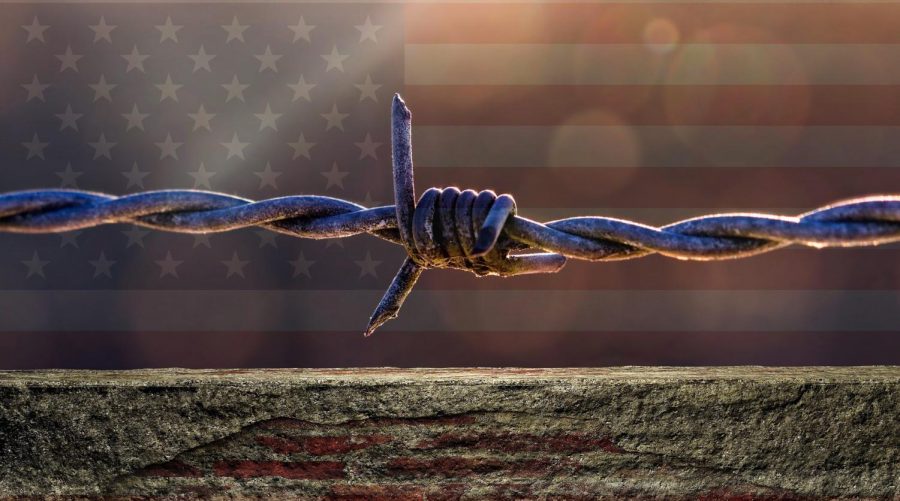The government shutdown harms federal employees most of all
Workers are treated unjustly as situation with Trump’s demand for wall funding continues
Greater progress must be made in the negotiations over the government shutdown so other U.S. government projects can resume. The plans for a wall along the border of Mexico must be abandoned to solve this.
January 10, 2019
Of the three shutdowns which have occurred over the past ten years, none are as egregious as the one our nation is in today.
One such case occurred under President Barack Obama in 2013 due to conflicts regarding the national debt ceiling. The shutdown lasted sixteen days, the Office of Management and Budget estimates that it cost the United States somewhere between $2-6 billion.
Although an agreement was reached and we lasted five years before another shutdown, the damage done during this time isn’t easily reversed. Despite President Obama negotiating with resistance from a combative opposing party, the weight of the damage done to federal workers still falls onto his shoulders.
Just as the results of the current shutdown falls on President Donald Trump.
The government has been shut down since Dec. 22 and all federal employees are feeling its effects financially, all while enduring challenges of short staffing.
This is a partial government shutdown, meaning some are forced to work without pay until a new budget is passed, and others aren’t working at all.
Any government shutdown is a historically reckless, desperate attempt to meet a president’s demands. Various factors play a role in government shutdowns, but regardless of what they are the president must do whatever they can to keep employees at work.
It’s the president’s duty to create jobs and maintain a functional government. Shutdowns not only oppose this idea in the short term, they can cost taxpayers up to $6.5 billion a week in the long term, according to a 2017 study by Standard and Poor.
Ernest Johnson, a geologist for the Bureau of Land Management, is just one of nearly 380,000 federal employees working without a paycheck.
“Now it’s just waiting out the storm and just sitting here to start getting back to work and knocking out the backlog,” said Johnson in an article published by Wall Street Journal.
The state of federal workers is only worsened by the fact that the conflict causing this deadlock is President Trump’s border wall.
No wall is useful without constant patrol and surveillance, the cost of which many economists and law enforcement agencies estimate to be upwards of $20 billion. A leaked 2017 report by the U.S. Department of Homeland Security put the cost at $21.6 billion, a far cry from the $5 billion Trump is asking for in his budget.
While President Trump warns of a crisis at the border, many of the serious violent crimes keeping people up at night would not be helped by any kind of border security. Powerful gangs in the south have the means to cross between borders at will and slowing them is not as simple as a wall, according to the Center for Immigration Studies.
Keeping promises is a top priority for every elected official, and President Trump is no exception. Still, some must be left unfulfilled for the sake of the people. This nation is deeply entrenched in debt and any unnecessary expense should be examined and cut.
The U.S. needs its federal workers and as of now these people are struggling. As a nation we owe it to them to be compensated timely. It is time for President Trump to end the pettiness and sign the bipartisan bridge budget that would restore paychecks to our workers.
If not for the clear impracticalities, then for the people he represents.


















John Stevens • Jan 10, 2019 at 4:52 pm
What happened to this paper? I used to love reading these columns now they read like they were written by an incel in the 1920s. The editors have to step up because I am done reading these columns with poor flow and sentence structure. Reading the papers this week felt like passing a kidney stone. This administration change just cost the paper one more devoted reader, thanks to Luke Hudson and Kade Russom.